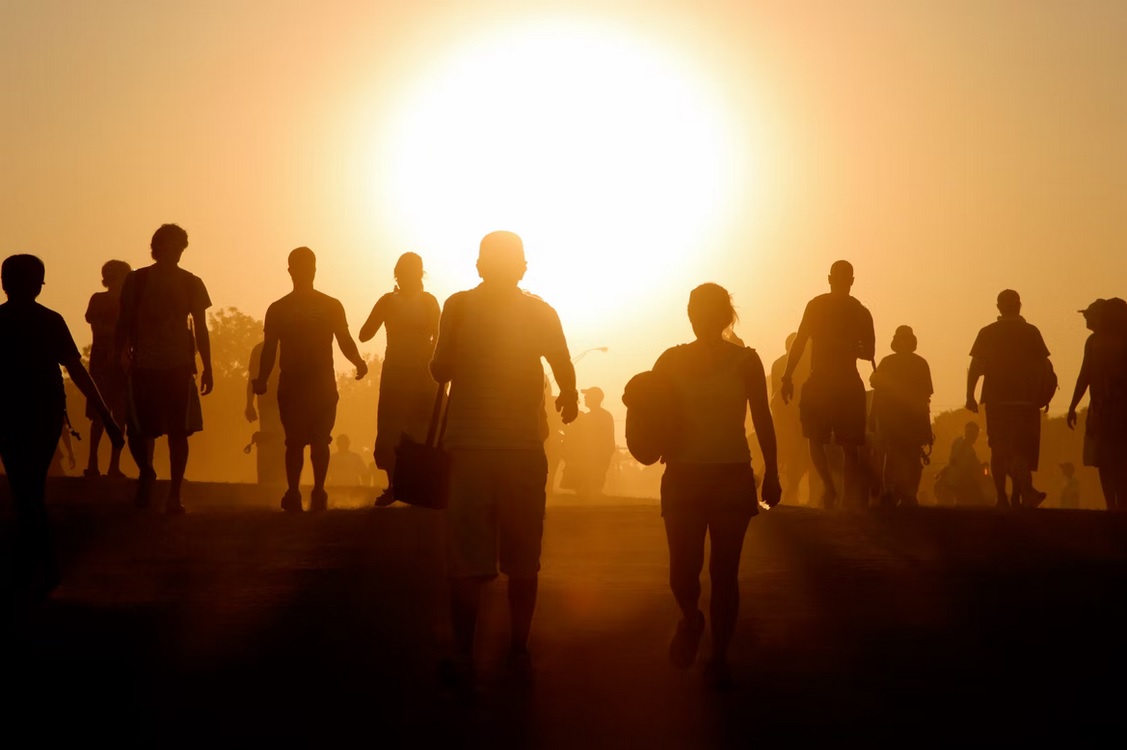With the mercury rising, OSHA just put out an FAQ (linked here) to remind employers about their heat illness prevention rules that were originally effective June 15, 2022. In short, when the outside temperature increases the indoor heat index to 80 degrees Fahrenheit or more, these rules kick in. (Agricultural, Construction, and Forest Activity workers are subject to different requirements). Since these regulations were new last summer, a refresher may be appropriate.
Following is a brief summary of the requirements of OSHA’s heat illness prevention requirements found at OAR 437-002-0156:
Employer Requirements
- For outside workers, employers must provide “immediate” and “readily available” access to a shaded area large enough to accommodate the number of employees that would be on recovery or rest period at any one time.
- A supply of cool or cold drinking water available at all times, at no cost. The supply should be sufficient to provide 32 ounces of water per employee per hour.
- If the heat index rises to 90 degrees, employers must implement and maintain “high-heat practices and procedures” that:
- is communicated to all employees in a language and vocabulary that is easily understood;
- ensures employees suspected of suffering heat-related illness can be promptly identified;
- one or more employee is authorized to call for emergency medical service;
- if working in a building without a mechanical ventilation system, there is a way to measure the temperature and humidity to determine the heat index; and
- result in the development and implementation of a written heat illness prevention rest break schedule as further defined by the regulations – at a minimum, an extra 10-minute break is required for every 2 hours of work.
- Employers must include in their OSHA-required Emergency Medical Plan the proper actions to take when an employee is exposed to excessive heat.
- Employers must create and implement a written “acclimatization plan” to ensure employees have time for their bodies to gradually adapt to working in hot conditions through increasing daily exposure.
- Employers must develop and implement a written heat illness prevention plan that is available at the worksite to employees and to OSHA upon request. In addition to discussing how the employer will ensure compliance with Numbers 1 -5 above, the plan should discuss how employees will be trained about the hazards of heat exposure, how to recognize it and respond appropriately.
- Supervisors and employees should receive heat illness prevention training and maintain training records as documentation of compliance, including the name of each employee trained, the date of training, and the name of the person who conducted the training.
Exception: When a Workplace is Already Hot
When an employee’s exposure to heat is generated only from workplace processes (think laundromat or bakery), then that business is not subject to these rules. However, when two hazards exist simultaneously – heat generated from a process plus ambient heat – employers must follow the OSHA requirements that provide a higher level of employee protection. For instance, if a kitchen in a restaurant is always hot, but it becomes hotter due to the outside ambient temperature, then the restaurant must comply with these regulations.
Other Exceptions
- When employees are subject to only incidental heat exposures, less than 15 minutes in any 60-minute period;
- Emergency operations directly involved in the protection of life or property, or restoration of essential services;
- Buildings that have a functioning mechanical ventilation system that keeps the heat index below 80 degrees.
If you have any questions regarding these requirements, or need assistance drafting the policy and procedure documents required under the OSHA rule, one of Bullard Law’s employment attorneys would be happy to help you.
The content of this Alert is provided for general information purposes only. It should not be considered legal advice or used as a substitute for consulting an attorney for legal advice.
Disclaimer: Articles featured on Oregon Report are the creation, responsibility and opinion of the authoring individual or organization which is featured at the top of every article.


